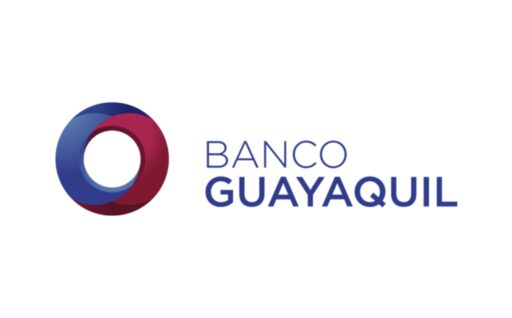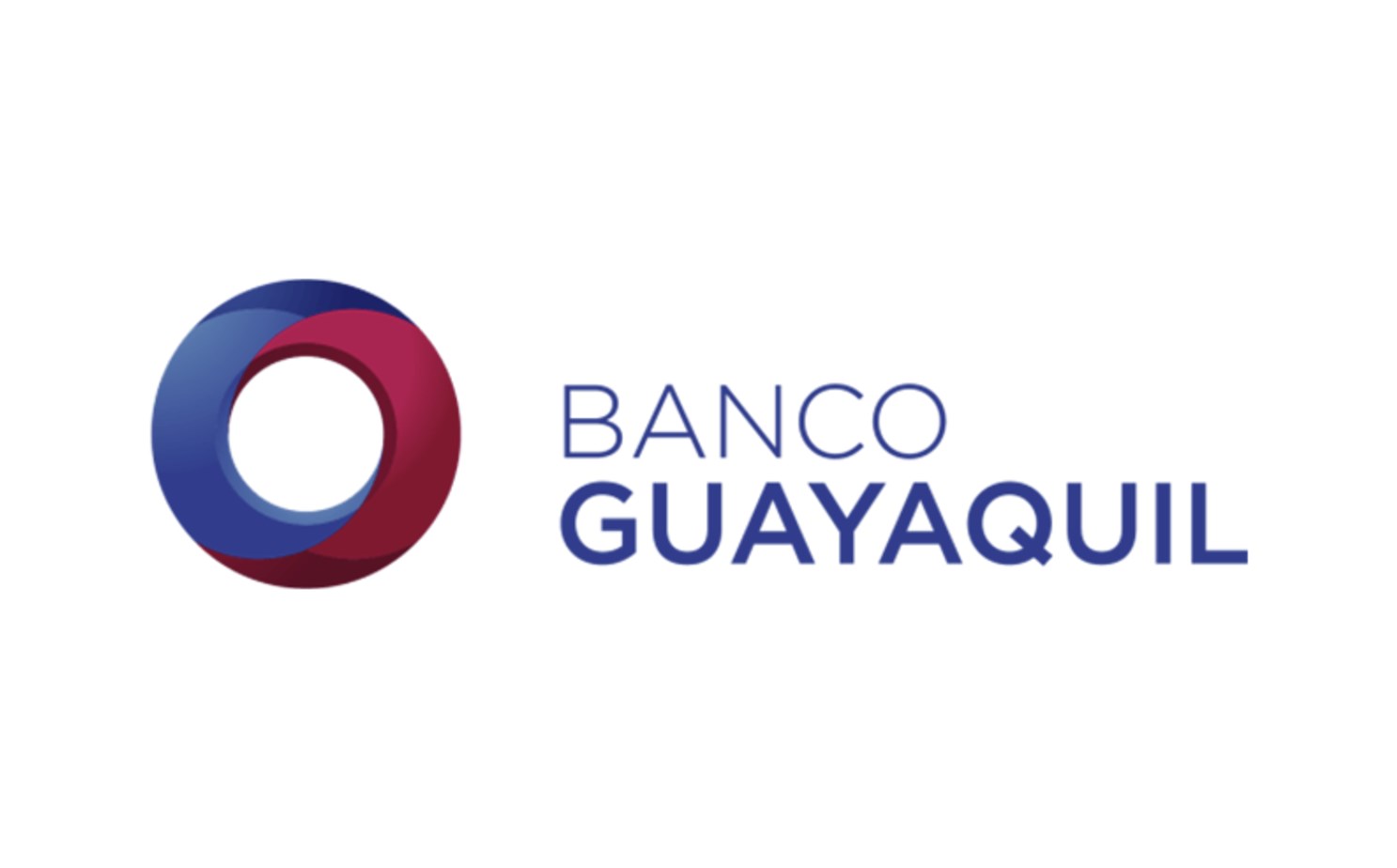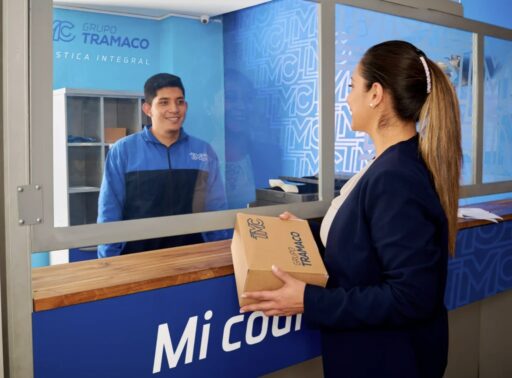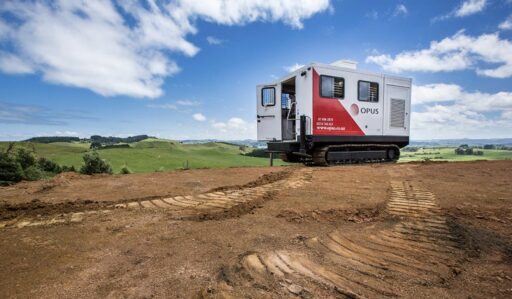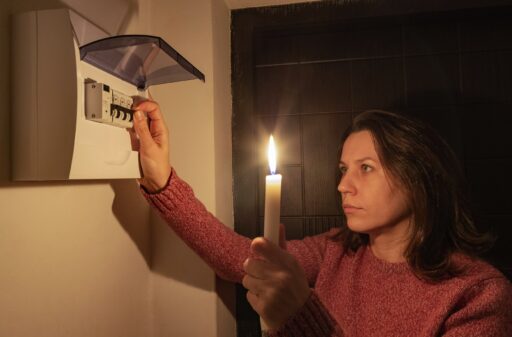El Banco Guayaquil es una de las principales instituciones financieras de Ecuador. Conocido por su enfoque en la innovación y seguridad, el banco se ha destacado en la implementación de tecnologías avanzadas para brindar mejores servicios a sus clientes. A través de este artículo, exploraremos cómo el Banco Guayaquil ha incorporado diversas herramientas y servicios, incluyendo la banca móvil, los puntos de atención, y el uso de tecnología blockchain.
Banca móvil: Acceso fácil y seguro
La banca móvil del Banco Guayaquil ha revolucionado la manera en que los clientes acceden a sus cuentas y realizan transacciones. La aplicación de banca móvil permite a los usuarios manejar sus cuentas de ahorros, realizar transferencias y pagar servicios desde cualquier lugar con una conexión a internet. Esta accesibilidad facilita enormemente la gestión financiera diaria.
Además, la aplicación cuenta con funciones adicionales como la solicitud de préstamos directamente desde el móvil. Esto reduce la necesidad de visitar las sucursales físicas, haciendo el proceso más eficiente para los clientes. La facilidad de uso combinada con la rapidez convierte a la banca móvil en una herramienta esencial para la vida moderna.
Seguridad en la banca móvil
La seguridad es una prioridad en el Banco Guayaquil y se refleja en su plataforma de banca móvil. El banco emplea protocolos avanzados de cifrado para proteger la información personal y financiera de sus usuarios. Además, incluye funcionalidades como la autenticación biométrica, que añade un nivel extra de seguridad al acceso a la aplicación.
La integración de estas medidas de seguridad ha convertido a la banca móvil en una opción confiable para los clientes que buscan gestionar sus finanzas sin comprometer la seguridad de sus datos.
Puntos de atención: Atención personalizada y eficiente
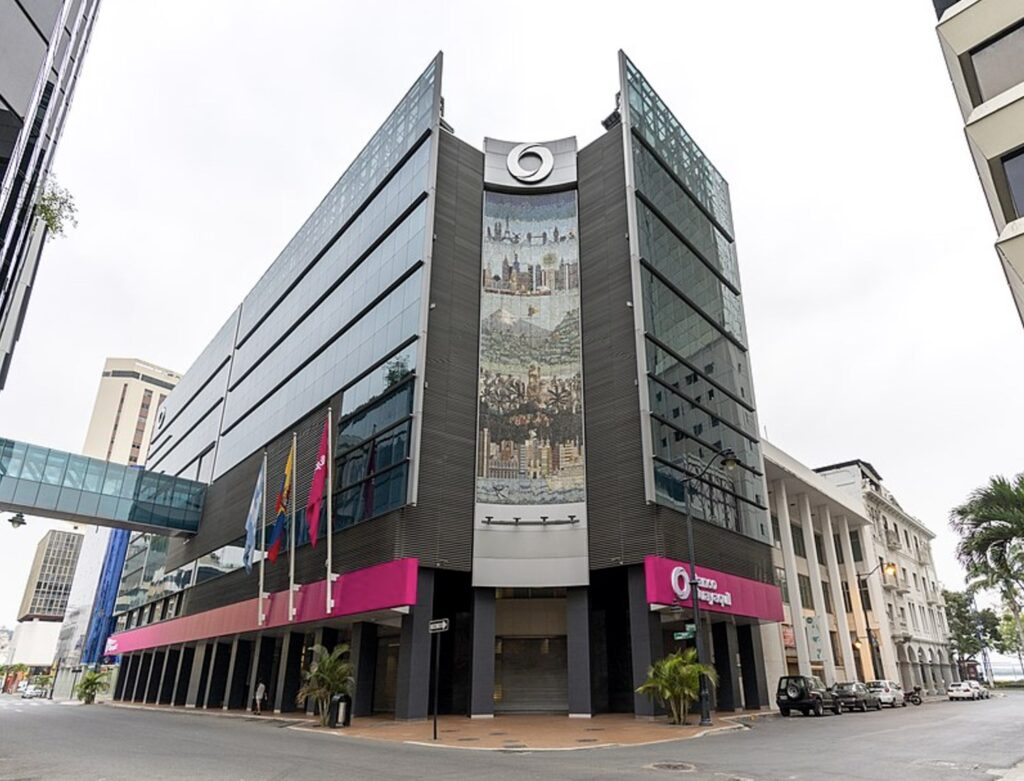
Para aquellos que prefieren una interacción cara a cara, el Banco Guayaquil ofrece varios puntos de atención distribuidos estratégicamente por todo el país. Estos puntos brindan asistencia personalizada, permitiendo a los clientes resolver problemas o recibir asesoramiento financiero de expertos en el lugar.
Los puntos de atención también facilitan el manejo de operaciones complejas que pueden requerir el soporte directo de un representante bancario. Desde la apertura de nuevas cuentas hasta la consulta sobre prestaciones de préstamos, estos puntos garantizan un servicio rápido y efectivo.
Experiencia del cliente en los puntos de atención
En cada punto de atención, el Banco Guayaquil se esfuerza por crear una experiencia cómoda y agradable para sus clientes. El tiempo de espera suele ser mínimo gracias a la implementación de sistemas de gestión de filas inteligentes. Además, los representantes de servicio al cliente están altamente capacitados para proporcionar soluciones rápidas y precisas.
Esto optimiza la satisfacción del cliente y refuerza la confianza en la marca del Banco Guayaquil, asegurando que cada visita a los puntos de atención sea lo más productiva posible.
Innovación tecnológica: Liderando el camino con blockchain
El Banco Guayaquil no solo se limita a tecnologías tradicionales; también lidera la vanguardia en nuevas innovaciones tecnológicas. Una de las áreas en las que el banco ha invertido es en el uso de blockchain para mejorar la transparencia y seguridad de sus procesos.
El blockchain proporciona un sistema inmutable y verificable para registrar transacciones, reduciendo significativamente el riesgo de fraude. Esto resulta especialmente beneficioso en la gestión de contratos y acuerdos financieros, proporcionando una capa adicional de integridad a todas las actividades realizadas.
Aplicaciones prácticas de blockchain en el Banco Guayaquil
Una de las aplicaciones más notables del blockchain en el Banco Guayaquil es en la verificación de identidades y la prevención del lavado de dinero. Utilizando esta tecnología, el banco puede asegurar que cada transacción es genuina y que los fondos involucrados provienen de fuentes legítimas.
Otra área donde se aplica es en la emisión y seguimiento de préstamos. La naturaleza transparente e inmutable del blockchain garantiza que todas las partes involucradas tengan una visión clara y precisa del estado del préstamo, mejorando tanto la eficiencia como la confianza en el proceso.
Cuentas de ahorros: Diversidad y flexibilidad
El Banco Guayaquil ofrece una variedad de cuentas de ahorros diseñadas para satisfacer diferentes necesidades financieras. Desde cuentas básicas que permiten un fácil acceso y administración hasta opciones de alto rendimiento que ofrecen mayores intereses, hay algo para todos.
Las cuentas de ahorros del banco también incluyen características adicionales como acceso a tarjetas de débito y enlaces directos a la banca móvil. Esto facilita la realización de pagos y la gestión de fondos en cualquier momento, aportando un valor agregado significativo a los usuarios.
Beneficios de las cuentas de ahorros en el Banco Guayaquil
Una de las ventajas clave de abrir una cuenta de ahorros con el Banco Guayaquil es la falta de requisitos mínimos de saldo. Esto democratiza el acceso al ahorro, permitiendo que individuos de diferentes niveles económicos participen y gestionen sus finanzas eficazmente.
El banco también ofrece recomendaciones personalizadas a través de sus consejeros financieros, ayudando a los clientes a elegir la cuenta que mejor se adapte a sus objetivos económicos. Esta orientación profesional es un componente valioso del paquete completo ofrecido por el banco.
Tarjetas: Soluciones adaptadas a cada necesidad

Otro servicio importante que ofrece el Banco Guayaquil son las tarjetas, incluyendo opciones de crédito y débito. Las tarjetas de crédito ofrecen diversas recompensas y programas de lealtad, además de alianzas con marcas conocidas como american express.
Las tarjetas de débito están vinculadas directamente a las cuentas de ahorros y permiten a los usuarios acceder a su dinero de manera rápida y sencilla. Estas tarjetas son aceptadas en miles de establecimientos comerciales locales e internacionales, facilitando así las compras y retiros de efectivo.
Programas de beneficios y recompensas
El Banco Guayaquil también destaca por sus programas de beneficios asociados a las tarjetas de crédito. Los usuarios pueden acumular puntos por cada dólar gastado, los cuales pueden canjearse por vuelos, estadías en hoteles, o incluso productos electrónicos.
Además, las tarjetas de crédito del banco ofrecen seguros de viaje y protección de compras, proporcionando una capa adicional de tranquilidad a los usuarios mientras realizan sus actividades diarias. Estas opciones hacen que las tarjetas del Banco Guayaquil sean una opción atractiva para quienes buscan maximizar el valor de sus gastos.
Conclusión
No se debe incluir una conclusión formal en este artículo. En resumen, el Banco Guayaquil sobresale en numerosos aspectos de la banca moderna. Desde el fácil acceso proporcionado por su banca móvil, la seguridad avanzada, hasta las innovadoras tecnologías como blockchain, el banco está comprometido con ofrecer un servicio integral y seguro a sus clientes ecuatorianos.
- Banca móvil de acceso fácil y seguro
- Puntos de atención eficientes
- Uso innovador de tecnología blockchain
- Diversidad y flexibilidad en cuentas de ahorros
- Sistemas de tarjetas con beneficios exclusivos
Gracias a su compromiso constante con la innovación y la seguridad, el Banco Guayaquil sigue siendo una institución bancaria de elección para muchos ecuatorianos.
